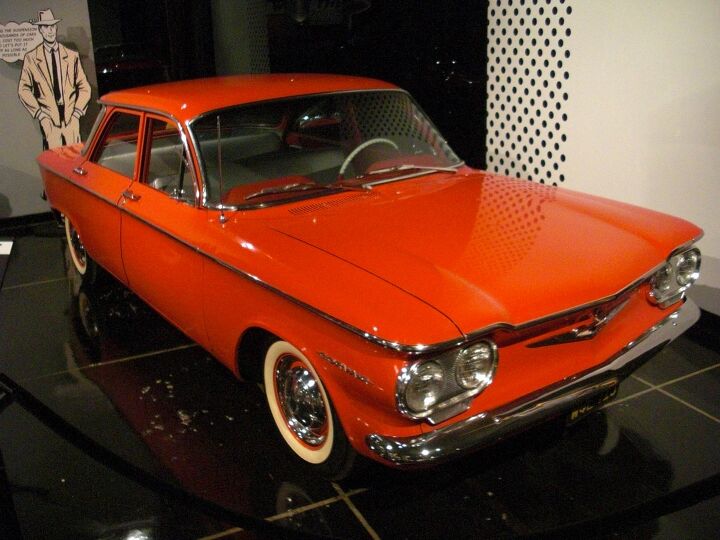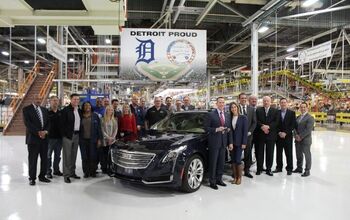Into the Gap: Three Cars Enter, Two Cars Leave
The Earth has been made small by air travel. Despite the barriers thrown up by airport security, it is easy to step aboard a jet aircraft and, just hours later, emerge a full 12 time zones away, quite literally on the other side of the planet. Ground travel is nowhere near as fast or efficient. You can count the few, truly great, distance-spanning routes on one hand and have two fingers left over. They are: The Trans Siberian Railway, traversable by train, the Silk Road, traversable by camel, and the Pan American Highway which is, according to the Guinness Book of World Records, the longest “motorable roadway” on Earth.
At almost 30,000 miles in length, the Pan American Highway links two of the Earth’s four corners. It traverses 18 countries as it wends its way from Prudhoe Bay, Alaska on the extreme Northern edge of the North American Continent to the city of Ushuaia on the very tip of South America’s Isla Grand de Tierra Del Fuego, Argentina. In some places, the road is gravel, in others hard cement, and in still others it is a simple dirt path. In one place, it’s even imaginary. Yes I said imaginary, because, you see, the truth is that the Pan American Highway is a fraud. Thanks to 57 mile stretch of swampy, dense jungle that forms the border between Colombia and Panama, an area known as the Darien Gap, the Northern and Southern portions of the Highway are not joined together. That fact, however, mattered little when, in 1961, Chevrolet decided that their recently introduced Corvair would make the trip, road or not.
In 1960, Chevrolet was anxious to prove that its new Corvair which, with its air cooled, rear mounted engine, was a radical departure from the cars the brand traditionally sold to middle America. As the Germans had demonstrated to great effect, air cooling had some real advantages in cold climates so Chevrolet, in order to make a promotional film, sent three Corvairs to Prudhoe Bay, Alaska, in the Arctic Circle, and set them on the southward course to the southern end of the Northern half of the Pan American Highway. The cars performed well and they, along with their team of support vehicles, reached the Northern end of the Darien Gap in Panama without trouble. At the end of the trip, they turned around and came home.
The next year, Chevrolet decided that the remainder of the trip would make another excellent promotional film so they sent the same three cars, from where they were being kept at a dealership in Chicago, back to Panama. The cars were filmed zooming around Panama City prior to beginning the passage and then, with the initial scenes of the movie completed, they headed south on a gravel road to the muddy banks of the Yaviza river. After being floated across on wooden boats, the cars and their drivers pushed their way through the underbrush at the water’s edge and off into history.
Day by day, inch by inch, the adventurers cut their way through the thick growth on the floor of the great rainforest with machetes, driving the cars through the gaps wherever possible or pulling them through with ropes, muscle and the winches of their support trucks when they could not move forward on their own. In the twilight beneath the high jungle canopy, obstacles loomed up and were overcome with American know-how. When the cars broke down, the men repaired them. When a river or gully threatened to stop them cold, the men felled trees and used the logs to make rickety bridges, a reported 180 in all, to allow the cars to cross. It took months, but eventually the men and two of the Corvairs emerged from the southern edge of the gap. With the worst firmly behind them, the remaining cars began the long run to Argentina where they were eventually filmed zooming triumphantly about Buenos Aires. The trip completed, the men packed up their cameras and film and left the cars there. What became of them, no one knows.
While the two cars that finished the trip have vanished into history, the other Corvair remains to this day in the jungle of the Darien Gap. It is, they say, near a place called the Palo de Letras, the “tree of letters,” an immense, ancient mahogany upon which the few travelers who have managed to reach it have, over the years, carved their initials to memorialize their passage. The car sits there, alone amid the trees in perpetual twilight, its red paint mottled by fungus and its body hidden beneath the voracious jungle vines that overrun everything in their quest to for light and life, an odd remnant of modern man where we would expect only the sights and sounds of nature. Is it a tribute to man’s desire to conquer nature and to link the far corners of the Earth or just a stupid stunt? You decide.
Special thanks to The City Paper, Bogota. Check out their wonderfully written article, here.
Thomas M Kreutzer currently lives in Buffalo, New York with his wife and three children but has spent most of his adult life overseas. He has lived in Japan for 9 years, Jamaica for 2 and spent almost 5 years as a US Merchant Mariner serving primarily in the Pacific. A long time auto and motorcycle enthusiast he has pursued his hobbies whenever possible. He also enjoys writing and public speaking where, according to his wife, his favorite subject is himself.
More by Thomas Kreutzer
Latest Car Reviews
Read moreLatest Product Reviews
Read moreRecent Comments
- MaintenanceCosts Poorly packaged, oddly proportioned small CUV with an unrefined hybrid powertrain and a luxury-market price? Who wouldn't want it?
- MaintenanceCosts Who knows whether it rides or handles acceptably or whether it chews up a set of tires in 5000 miles, but we definitely know it has a "mature stance."Sounds like JUST the kind of previous owner you'd want…
- 28-Cars-Later Nissan will be very fortunate to not be in the Japanese equivalent of Chapter 11 reorganization over the next 36 months, "getting rolling" is a luxury (also, I see what you did there).
- MaintenanceCosts RAM! RAM! RAM! ...... the child in the crosswalk that you can't see over the hood of this factory-lifted beast.
- 3-On-The-Tree Yes all the Older Land Cruiser’s and samurai’s have gone up here as well. I’ve taken both vehicle ps on some pretty rough roads exploring old mine shafts etc. I bought mine right before I deployed back in 08 and got it for $4000 and also bought another that is non running for parts, got a complete engine, drive train. The mice love it unfortunately.



































Comments
Join the conversation
They must have done a major part of the Alaskan leg on ice roads in the winter. The Dalton Highway from Deadhorse to Manley Hot Springs did not exist in the 1960's. Possible, I guess. Somehow, I doubt it.
This story is simply amazing. I had no idea this adventure had even taken place and thank you for sharing it with us.